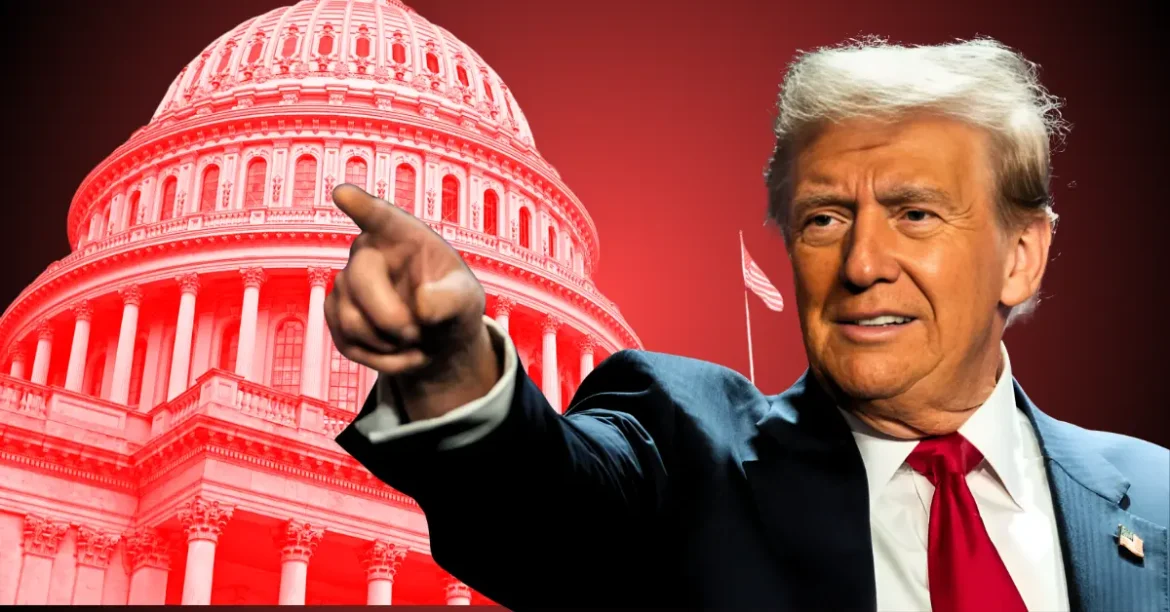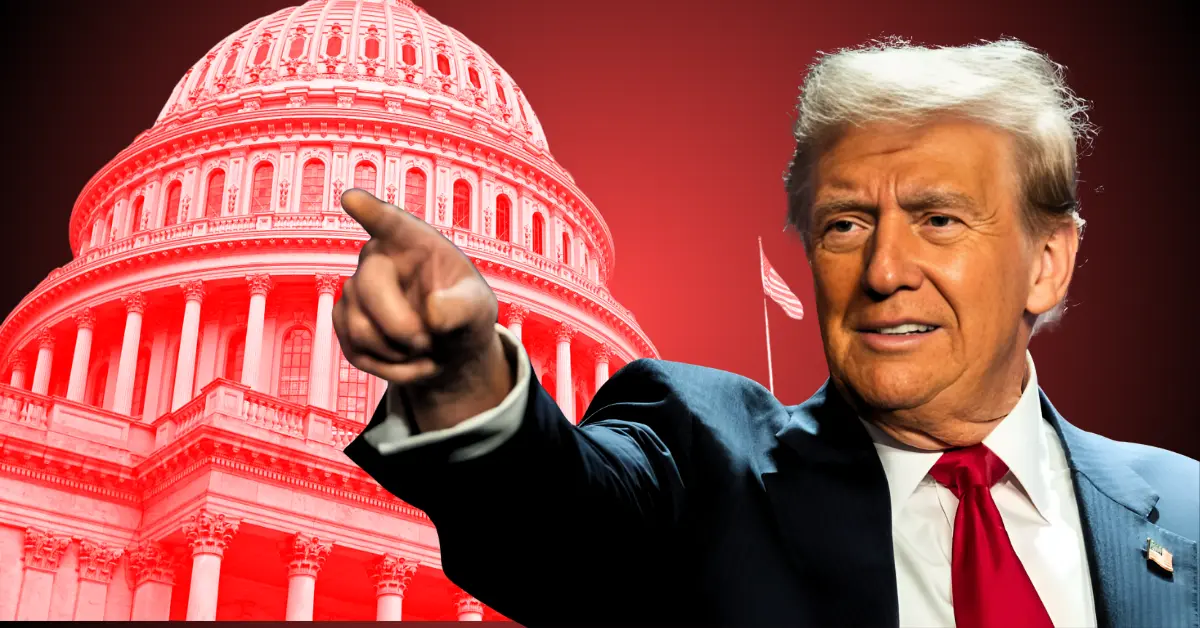The “Big Beautiful Bill,” a legislative package proposed by former U.S. President Donald Trump, has sparked intense debate across financial and political spheres. With its ambitious spending and tax reform proposals, the bill’s potential impact on the economy and cryptocurrency markets, particularly Bitcoin, has become a focal point for investors and analysts. This analysis explores the bill’s key components, its macroeconomic implications, and how it could influence Bitcoin’s price and adoption.
The Core Components of the “Big Beautiful Bill”
The “Big Beautiful Bill” is a comprehensive legislative package designed to reshape fiscal policy in the U.S. Its primary components include:
- Tax Cuts: The bill proposes significant tax reductions for both corporations and individuals. Supporters argue that these cuts will stimulate economic growth by encouraging investment and job creation. However, critics warn that they may disproportionately benefit the wealthy, exacerbating income inequality.
- Debt Ceiling Increase: The bill seeks to raise the U.S. debt ceiling, allowing the government to borrow more to fund its operations. This provision has raised concerns about long-term fiscal sustainability and the potential for inflation.
- Infrastructure Spending: The bill includes provisions for infrastructure projects, such as transportation, energy, and communication networks. These investments aim to modernize the nation’s infrastructure, boost productivity, and create jobs.
Macroeconomic Implications
The “Big Beautiful Bill” is expected to have far-reaching macroeconomic consequences, regardless of its final form. These include:
- Inflationary Pressures: Increased government spending and tax cuts could fuel inflation by increasing the money supply and stimulating demand. If the supply of goods and services cannot keep pace with this increased demand, prices are likely to rise.
- Rising National Debt: The bill’s proposed increase to the debt ceiling is projected to add trillions of dollars to the national debt. This could lead to higher interest rates, reduced government spending in other areas, and a potential loss of investor confidence in the U.S. economy.
- Market Volatility: The uncertainty surrounding the bill’s passage and its potential economic effects could lead to increased volatility in financial markets. Investors may become more risk-averse, shifting their investments to safer assets or hedging against potential losses.
Bitcoin’s Potential Role in the New Economic Landscape
Amidst the uncertainty surrounding the “Big Beautiful Bill,” Bitcoin has emerged as a potential beneficiary. Several factors contribute to this perception:
- Inflation Hedge: Bitcoin is often viewed as a hedge against inflation due to its limited supply of 21 million coins. As the bill potentially leads to increased inflation, investors may flock to Bitcoin as a store of value, driving up its price.
- Safe Haven Asset: In times of economic uncertainty, investors often seek safe haven assets to protect their wealth. Bitcoin, with its decentralized nature and lack of correlation with traditional financial markets, could be seen as an attractive alternative to government bonds or other traditional safe havens.
- Corporate Adoption: The bill’s tax cuts for corporations could encourage companies to invest in Bitcoin as a treasury asset. As more companies follow MicroStrategy’s lead and allocate a portion of their balance sheets to Bitcoin, demand for the cryptocurrency could increase significantly.
- De Minimis Tax Exemption: Discussions surrounding the bill have included proposals for a de minimis tax exemption for crypto assets. If implemented, this exemption would simplify crypto taxation and encourage greater adoption by reducing the tax burden on small transactions.
Potential Challenges for Bitcoin
While the “Big Beautiful Bill” could create favorable conditions for Bitcoin, several challenges remain:
- Regulatory Uncertainty: The bill itself might not directly address crypto regulation. Regulatory uncertainty surrounding Bitcoin and other cryptocurrencies could dampen investor enthusiasm and hinder adoption.
- Increased Scrutiny: As Bitcoin’s price rises, it may attract greater scrutiny from regulators and governments. This could lead to stricter regulations, potentially limiting Bitcoin’s functionality and appeal.
- Alternative Investments: If the bill stimulates economic growth and reduces market volatility, investors may shift their focus to traditional assets, such as stocks and bonds, rather than Bitcoin.
- Musk Factor: Elon Musk’s stance towards Trump, along with broader economic implications, introduces a volatile variable. Depending on their future relations, Bitcoin’s market could experience either turbulence or growth.
The Senate’s Role and the Fight Over Deficit Costs
The Senate’s role in passing the “Big Beautiful Bill” is crucial, often involving intense negotiations and political maneuvering. Disagreements frequently arise over the bill’s deficit implications, as highlighted by the struggle between the Senate and the House. Chief Financial Officers, despite acknowledging deficit threats, anticipate that tax cuts will ultimately prevail. The influence of individual senators, such as JD Vance, whose tie-breaking vote was crucial, also underscores the precarious nature of the bill’s legislative journey.
Conclusion: A Tipping Point for Bitcoin?
The “Big Beautiful Bill” represents a pivotal moment for the U.S. economy and the cryptocurrency market. While the bill’s specific impact on Bitcoin remains uncertain, the potential for increased inflation, economic uncertainty, and corporate adoption could create a perfect storm for the cryptocurrency. However, regulatory risks and competition from traditional assets could temper Bitcoin’s rise.
Ultimately, the fate of Bitcoin in the wake of the “Big Beautiful Bill” will depend on a complex interplay of economic, political, and technological factors. The bill’s passage, or failure, will undoubtedly send ripples through the financial landscape, potentially solidifying Bitcoin’s position as a mainstream asset or relegating it to the fringes of the financial system. Only time will tell whether this “Big Beautiful Bill” will prove to be a boon or a burden for the digital gold.





